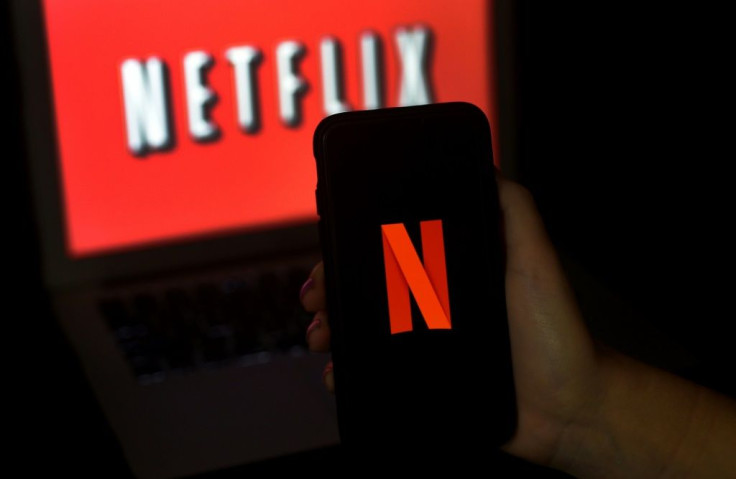3 Key Ways Netflix Has Changed Its Content Strategy
The year 2013 was a pivotal one for Netflix. That's when the on-demand streaming service debuted House of Cards, its first-ever original series. It was a smart move: Though creating original content was sure to be more expensive than licensing an existing show, Netflix would reap long-term savings by dealing with itself rather than continually renegotiating streaming deals with other content creators.
The strategy only became more important as Netflix's streaming competition grew. The arrival of major media companies in the space has made licensed content harder to get. While Netflix was once home to Star Warsand Avengers movies, those are now exclusive to Walt Disney's on-demand streaming platform, Disney+. Netflix's original content has to carry a heavier load now that the company is losing huge shows like The Office, which is headed off to the Comcast-backed streaming service Peacock. In meeting these new challenges, Netflix has had to modify its crucial strategy of generating original content. Here are three ways that Netflix has shaken things up.
Canceling shows more aggressively
With its early originals, Netflix took an approach that would look familiar to anyone in the pay-TV industry: Popular shows were renewed, year after year. House of Cards ran for six seasons, while Orange Is the New Black, which debuted just months later, ran for seven.
As time has gone by, Netflix has changed its approach. The calculus for spending seems to be different for a tech-industry subscription video service than it is for a live TV network. The company now axes its own shows dispassionately even while they are still drawing audiences and often quite early in their run. It's an analytical coldness that frustrates some fans, but Netflix seems to believe that it's the most cost-effective way to do business.
Seeking older intellectual property (IP)
It's not quite fair to say that Netflix ignored existing shows when it got into the original content game. In fact, one of its earliest "originals" was Arrested Development, a long-canceled Fox show with a cult following. Netflix revived that series, and it also slapped its logo on past episodes, making them "originals" retroactively.
Arrested Development isn't the only Netflix revival, especially if you count poached pilots like The Unbreakable Kimmy Schmidt. But Netflix has been reaching back further lately, looking for nostalgic revivals and reboots like Dark Crystal: Age of Resistance and Cobra Kai.

There's a good reason for Netflix to be looking more carefully at existing IP these days: The fractured and competitive streaming market makes it harder for Netflix to land beloved classics as licensed content, and its big competitors include media companies like Disney and NBC, which have huge backlogs of classic films and TV shows in their arsenals.
That has made outside IP and series revivals look more appealing to Netflix, which is a bit of a shift in its priorities and its original series strategy. Netflix seems to be leaning into high-profile revivals (like Queer Eye) and deliberately nostalgic choices (like the already canceled Dark Crystal reboot).
Offering content for free
Netflix has long offered a free trial to new subscribers and so has its competitors. But services like Apple TV+ have also tried something else: Making initial episodes of original series available entirely outside of their paywalls. The idea is to get new viewers hooked on content that they can only finish by subscribing to the service.
Now, Netflix is doing the same. For the first time, viewers can check out episodes of its original series for free and on what might arguably be considered a rival platform: YouTube.
Like its increased interest in outside IP, the company's choice to make this free content available speaks to a new competitive reality for the service. Netflix is still the default choice for many streamers, but it's far from the only game in town. Hooking new viewers on its original series is one way for the industry leader to play defense by going on offense.
This article originally appeared in The Motley Fool. The Motley Fool has a disclosure policy.




















